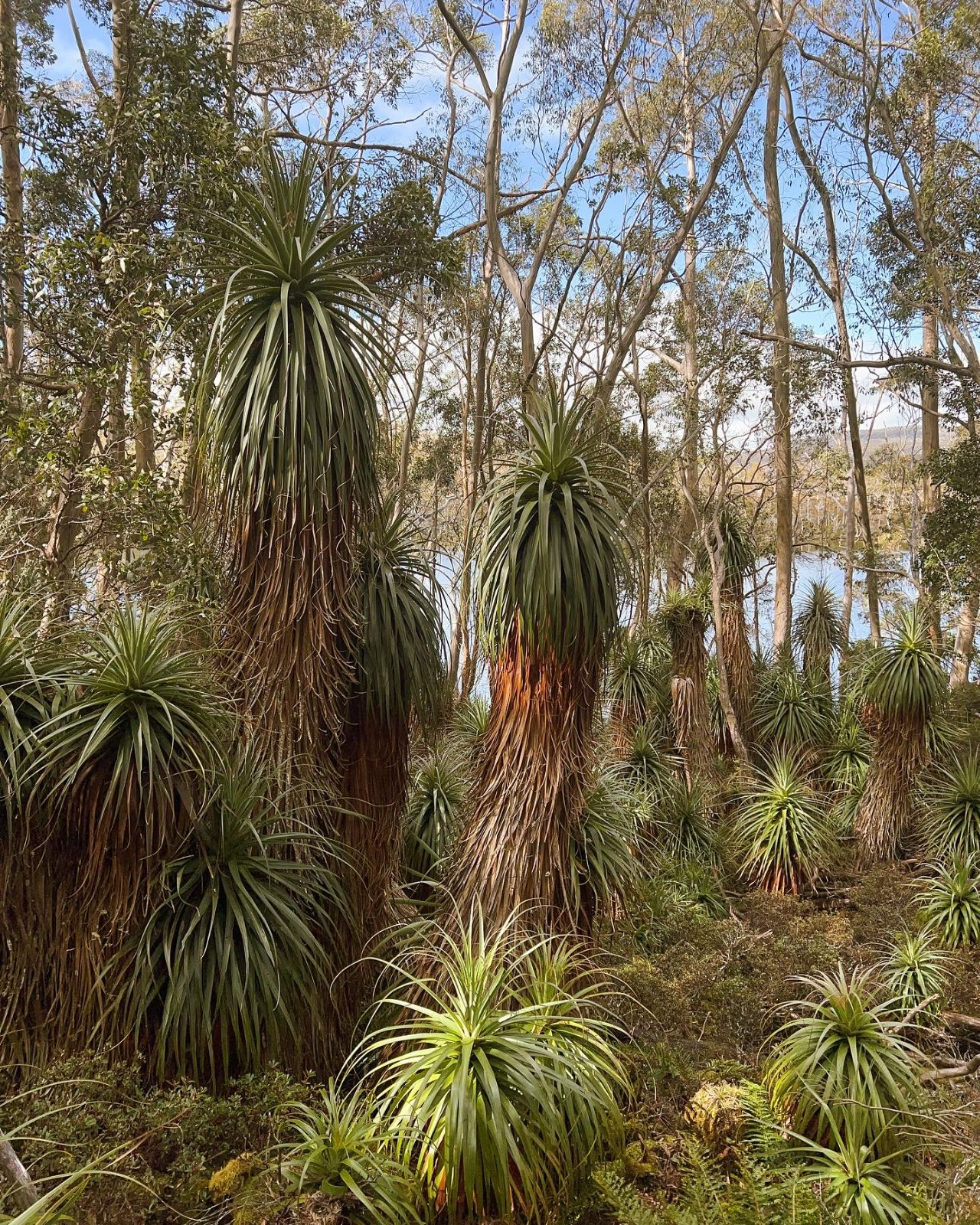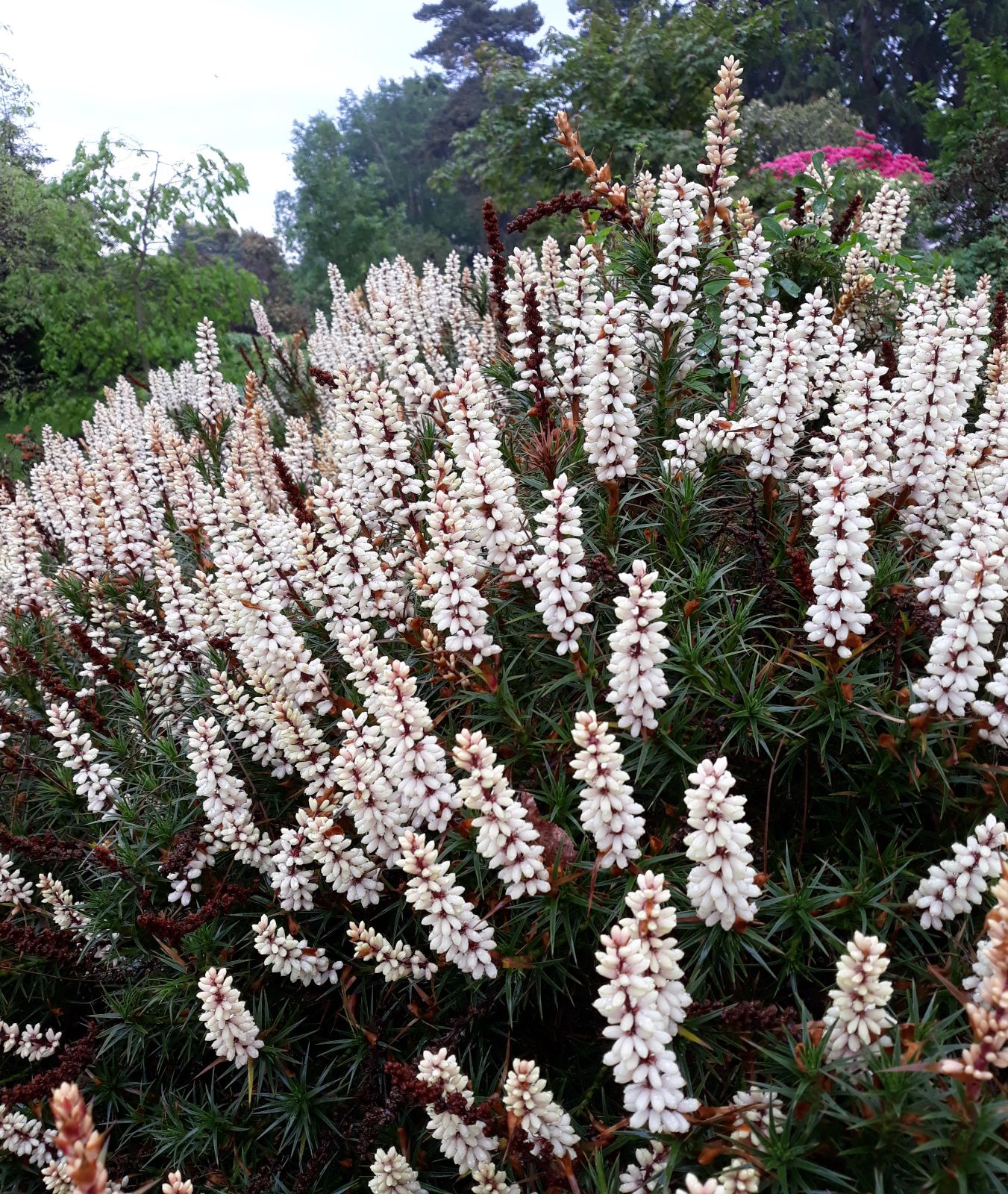Richea
Credits
Article from Bean's Trees and Shrubs Hardy in the British Isles
Recommended citation
'Richea' from the website Trees and Shrubs Online (treesandshrubsonline.
Family
- Epacridaceae
There are ten species in this Australian genus, all save one confined to Tasmania. It is the type of a small and remarkable group of the Epacris family in which not only are the leaves parallel-veined as in the grasses, but many species in habit and foliage resemble arborescent monocotyledons such as the cordylines and screw-pines (Pandanus). The resemblance to the latter is recalled in the name given to the tallest of the richeas, R. pandanifolia, which in places attains a height of 30 ft.
The leaves of Richea are rigid, with a sheathing base, crowded along the branches or tufted. Flowers in terminal clusters. Corolla closed at the apex except for a small aperture, not separated into lobes but splitting transversely near the base, the lower part persistent, the upper part deciduous (like the operculum of the eucalypts). Stamens usually five. Style one, with a small capitate stigma. Fruit a capsule. The mainly Australasian genus Dracophyllum, well represented in New Zealand, is allied to Richea.
The genus was named by Robert Brown in honour of the French naturalist C.-A.-G. Riche, who died in 1791 during Admiral d’Entrecasteaux’s voyage in vain search of the French explorer La Pérouse.


